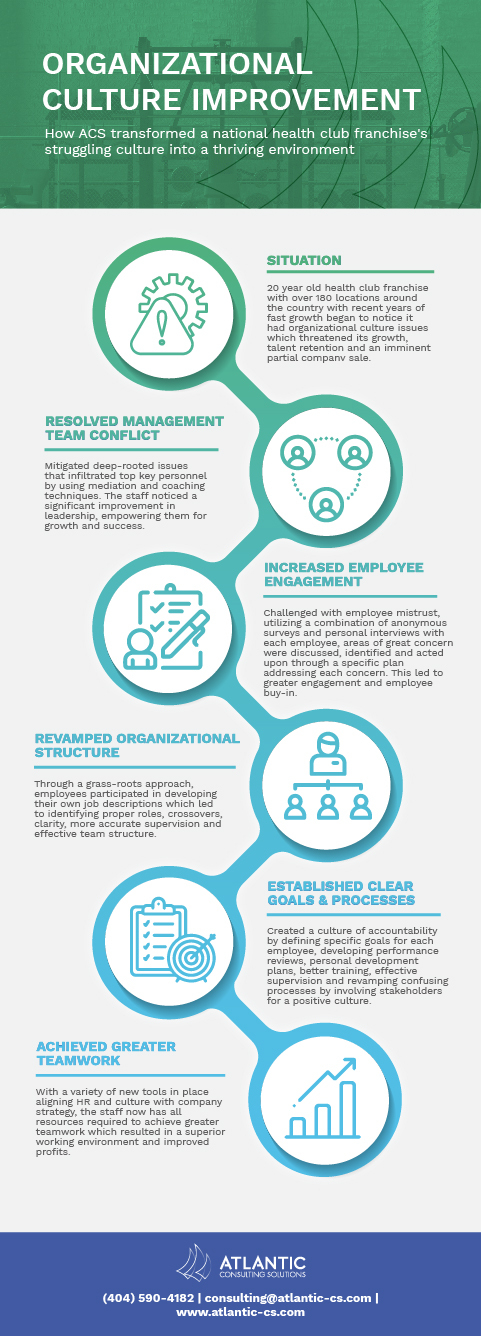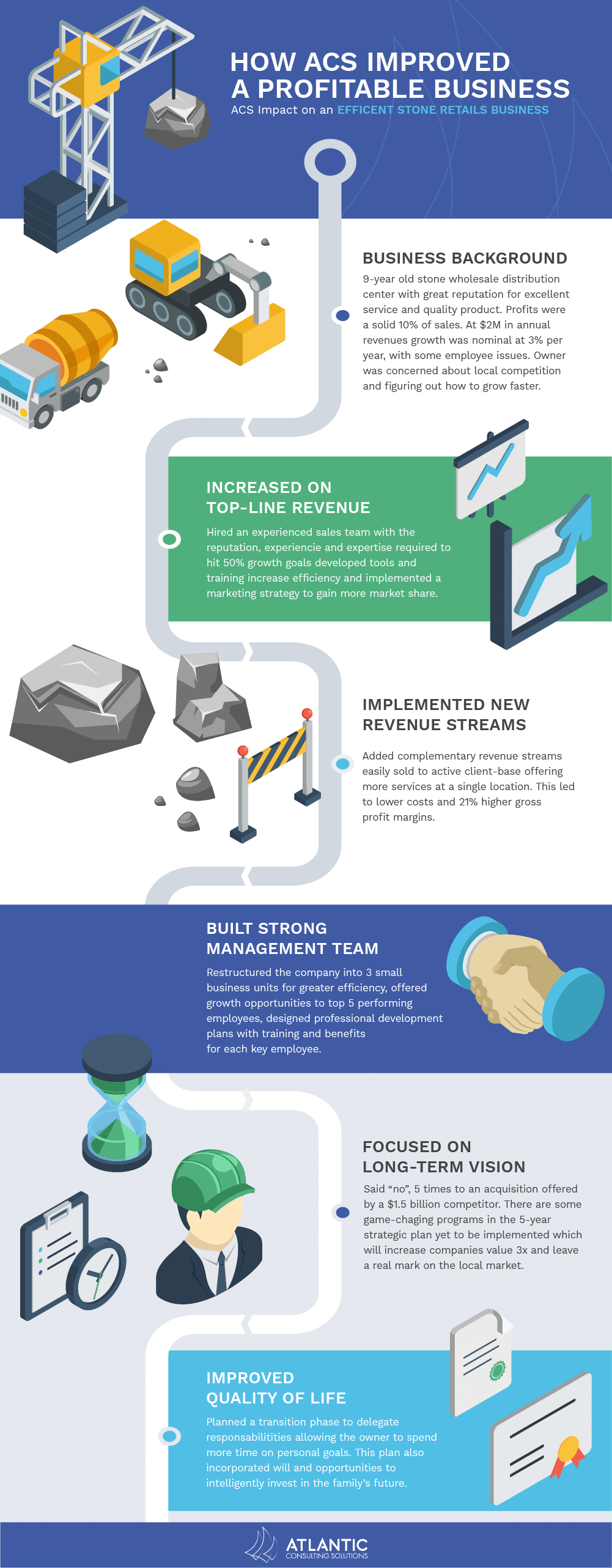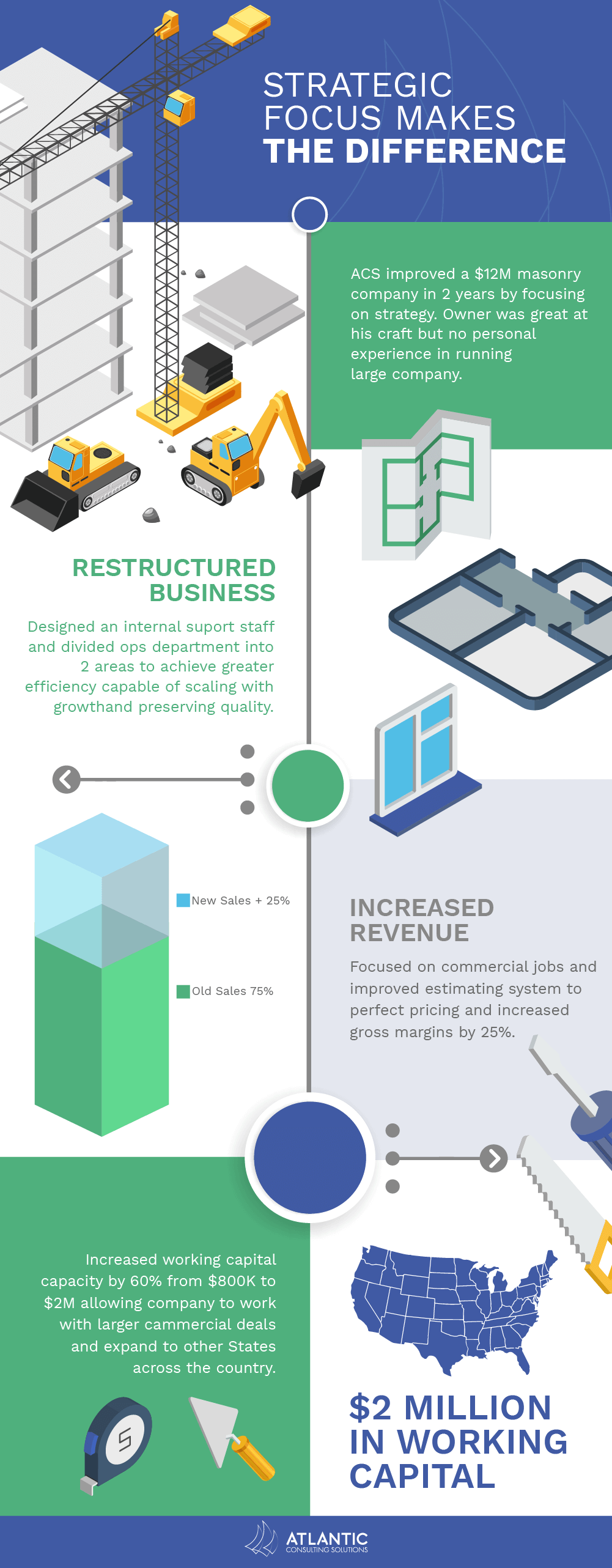
Vision Statement for Business Success
Vision Statement // 27 Sep 2016 // Albert Assad
Importance of Articulating and Assimilating your Mission
Imagine you woke up this morning and out of the blue you said, “Honey, kids, we are taking a long vacation! Jump into the car ‘cause we are going to the airport!” Then they ask perplexed, “Where are we going dad? What should we pack?” And you answer with great excitement, “I have no idea but we are going somewhere cool!” You can imagine the euphoria, fun and the massive amount of wasted time and money this is going to result in; not to mention all the issues that will come up at work, school, kids’ club activities…
Now, imagine if you had done something similar but you had actually planned it out and knew exactly when and where you were going. You would still have the same excitement and fun just saving face, time and money. So, if this is what we do for a 2-week vacation this is what we should do for a business.
How excited are you and your employees about going to work? Do you feel like there is something missing, some excitement, some “greater cause”, a sense of fulfillment? To this my first question is, “Do you have a clear, simple and aspirational vision your employees can fall in love with?” Yes it seems sentimental and not necessary in the work place, after all people just go to work to make money.
The lack of this one simple phrase is exactly what results in the insignificance and short lifespan of your business or in having it determines its lofty grandeur and endurance. The clearer, more precise and exact the vision is the more successful you will be in making it a reality.
So, what is a vision statement? A “vision is the art of seeing what is invisible to others” (Jonathan Swift).
The real strategic challenge leadership has is to articulate in the most precise manner the purpose of the company and to define how to achieve it. This is not an easy task. It’s an ongoing maturing process of truly understanding its purpose and its place in the market.
If the greatest company’s spend hundreds of dollars and man hours just to define it, it’s curious to see how many businesses do not have one or lack to see it’s importance. If all a company had was the most clear vision statement everything else would fall into place. Why because it provides a long-term direction with a sense of purposeful action and it unites all stakeholders. Take these as examples:
- NASA’s Vision Statement as defined to them by President John F Kennedy, “We will put a man on the moon before the end of the decade and bring him back”.
- Amazon’s, “To be earth’s most customer centric company”.
So, how does one go about creating a vision statement? It really is an art but I will describe some techniques you can follow:
- People: create a team of about 5-12 people. Choose carefully who they. They should have extensive experience and great understanding of your company and its products.
- Preparation: Before you being the session make sure everyone knows where it will be (in a discrete location with no interruptions) and that every one does their research:
- Draw on the beliefs, mission, and environment of the organization.
- Have each one describe what they want to see in the future.
- Be positive and inspiring.
- Be Proactive: avoid letting where you are now dictate where you want to be.
- Process:
- Focus on the output: don’t talk about what you do but rather the outcome of this process.
- Focus on your success: define what makes you different from everyone else. Your distinction should not only be based on price.
- Focus on making it measurable: it should be able to be tracked.
- Focus on visualizing it: anyone should be able to create a solid mental image of it.
- Synthesize it: the last step is to bring it all together and articulate a memorable statement.
- Tips: during this process you should keep in mind the following:
- Conceptualize: focus on the concepts you are looking for versus the terminology. You can wordsmith it once you are ready; first make sure you include all every aspect of who you want to become.
- Dream Big: try to visualize the organization you wish to become in the long-term. Ask the following questions:
i. Where will the company be in 5, 10, 20 years?
ii. Will it be the premier provider of this product or service? Or will it be in the top ten international players in a particular market?
3. Synergies: chose to enrich your vision with differing aspects and identify goals, which share the same roots or characteristics.
4. Be coherent: the vision statement should be intimate aligned to the mission statement, complement it and complete it.
Once you’ve defined the vision statement, give it a last tune up. Here are the characteristics your vision statement should have. It should be:
- Inspirational: it should challenge, enthuse and inspire.
- Ambitious: it should aim high and demand high standards.
- Realistic: it should be actually achievable.
- Creative: it should help stand out from other companies.
- Descriptive: it should be concise and memorable.
- Clear: keep sentences short and to the point and use precise, uncluttered language.
- Consistent: there should still be an element of continuity between your mission and vision statements. It should be completed by the company values.
When you have a clear path and an exiting purpose you become passionate of what you do. This is the secrete to success! Create an incredible vision statement that will define the greatness of your company!
Business Hours
Monday-Friday: 8am to 6pm EST
Saturday: Closed
Sunday: Closed
*Our meeting locations are flexible: we can meet at your office or at any ROAM Workspace and Paradigm Workhub locations around the metro-Atlanta area.








